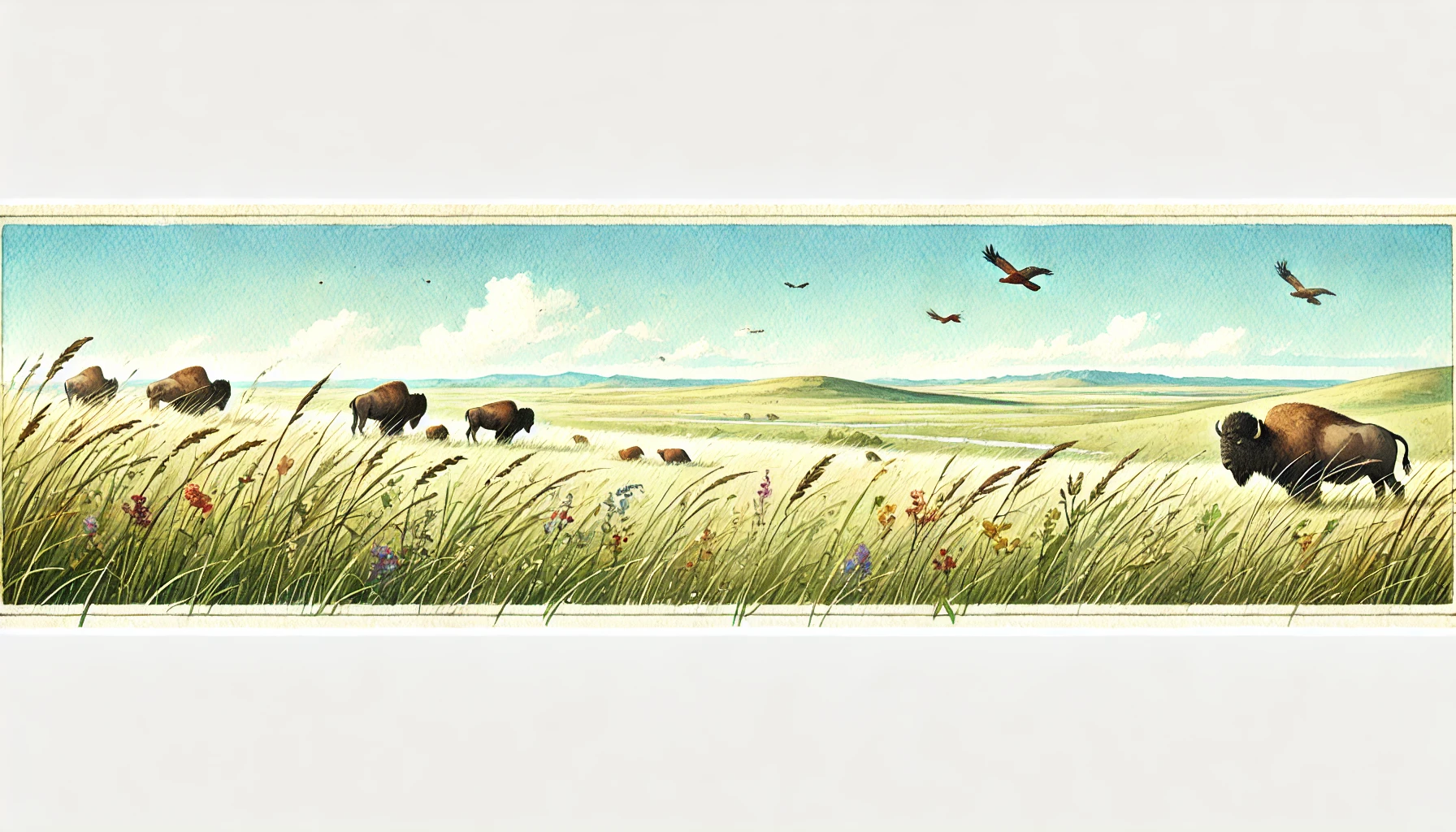
National Wildlife Refuge System Designations: Understanding the Different Names and Their Roles
The National Wildlife Refuge System encompasses a wide range of protected areas, each with a specific designation that reflects its unique purpose and management goals. From National Wildlife Refuges to Wetland Management Districts and Conservation Areas, these designations play a crucial role in conserving America's diverse wildlife and habitats. This page provides an overview of the different types of designations within the Refuge System, helping you understand their importance in protecting our natural world.
National Wildlife Refuge (NWR)
Definition:
National Wildlife Refuges are contiguous areas of land and water managed by the U.S. Fish and Wildlife Service (USFWS) for the conservation and, where appropriate, restoration of fish, wildlife, plants, and their habitats. They are designed to protect species and ecosystems, ensuring that they remain vibrant and sustainable for future generations.
Purpose:
These refuges provide essential sanctuary for threatened and endangered species, support biodiversity, and offer opportunities for compatible wildlife-dependent recreation. Activities like birdwatching, photography, hunting, and fishing are common, provided they do not compromise the primary conservation goals.
Example:
The William L. Finley National Wildlife Refuge in Oregon is managed to provide critical wintering habitat for Dusky Canada Geese and other migratory birds while also conserving native species and their habitats.
Conservation Area
Definition:
Conservation Areas are expansive landscapes that may include a mix of public and private lands. These areas are managed collaboratively to maintain and protect wildlife habitats across broad regions, often focusing on species that require large, connected habitats.
Purpose:
The primary goal of Conservation Areas is to facilitate landscape-level conservation. This is achieved through partnerships with private landowners, conservation easements, and cooperative agreements that allow for habitat protection without necessitating full federal ownership of the land.
Example:
The Willamette Valley Conservation Area in Oregon focuses on safeguarding up to 22,650 acres of grasslands, oak woodlands, and wetlands, providing vital habitat networks for endangered species and migratory birds.
Wetland Management District (WMD)
Definition:
Wetland Management Districts comprise scattered waterfowl production areas (WPAs) and conservation easements that are often spread over several counties. They are specifically managed to protect wetland and grassland habitats.
Purpose:
These districts aim to preserve critical breeding, nesting, and resting grounds for waterfowl and other migratory birds. Management activities often focus on water quality maintenance, invasive species control, and sustaining healthy wetland ecosystems.
Example:
The Kulm Wetland Management District in North Dakota consists of over 200 waterfowl production areas in the Prairie Pothole Region, a crucial breeding area for migratory birds.
Special Focus Refuges
Definition:
Special Focus Refuges are designated areas named after the unique species or specific conservation focus they support. These refuges are tailored to protect endangered species or critical habitats.
Purpose:
The objective of Special Focus Refuges is to concentrate conservation efforts on particular species or habitats that are vital for their survival, providing a targeted approach to wildlife management.
Example:
The National Key Deer Refuge in Florida is specifically dedicated to protecting the endangered Key Deer and other species like the Lower Keys Marsh Rabbit.
Migratory Bird Refuges
Definition:
Migratory Bird Refuges are protected areas strategically located along major migratory flyways. They are established to safeguard migratory bird populations during their long annual journeys.
Purpose:
These refuges provide essential resting, feeding, and breeding habitats for a wide variety of migratory bird species, helping them complete their migrations successfully.
Example:
The Bear River Migratory Bird Refuge in Utah is a key stopover for Sandhill Cranes, Snow Geese, and other birds traveling along the Pacific Flyway.
Research Natural Areas (RNAs)
Definition:
Research Natural Areas are designated areas within the National Wildlife Refuge System and other public lands, such as national forests and national parks. They are specifically set aside to preserve representative examples of natural ecosystems and habitats in their undisturbed state.
Purpose:
The primary purpose of RNAs is to provide opportunities for scientific research and ecological monitoring. These areas serve as natural laboratories where researchers can study ecological processes with minimal human interference, aiding in the understanding and conservation of diverse ecosystems.
Example:
The Aransas National Wildlife Refuge in Texas includes a Research Natural Area that provides critical habitat for the endangered Whooping Crane and supports ecological research.
National Fish Hatcheries
Definition:
While not part of the National Wildlife Refuge System, National Fish Hatcheries are integral to the U.S. Fish and Wildlife Service's broader conservation mission. They are facilities dedicated to breeding and releasing fish and other aquatic species.
Purpose:
These hatcheries play a crucial role in restoring and maintaining fish populations, particularly for species that are endangered or threatened, thereby supporting aquatic ecosystem health and biodiversity.
Example:
The Leavenworth National Fish Hatchery in Washington is focused on conserving Pacific Salmon and Steelhead, key species for the Columbia River Basin.
Why These Designations Matter
Understanding the different designations within the National Wildlife Refuge System helps us appreciate the complexities and specialized management needed to protect America's diverse wildlife and habitats. Each designation plays a specific role in the larger mission to conserve our natural resources for future generations.
Additional Reading
To learn more about the different designations and their importance in wildlife conservation, explore these resources:
